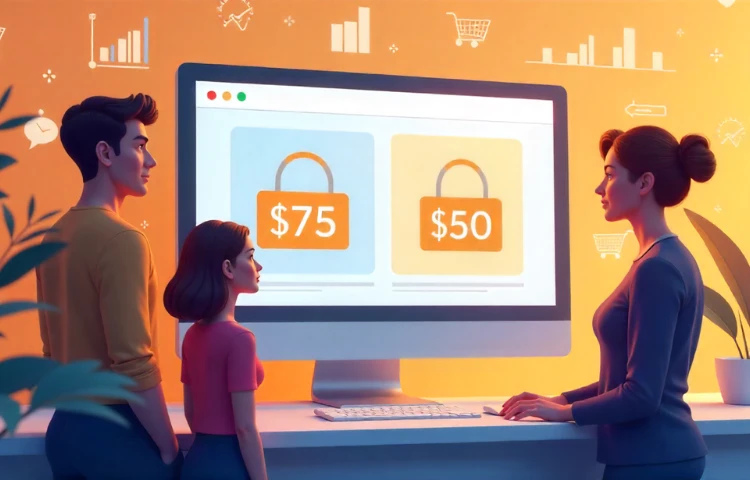

Prefer to listen instead? Here’s the podcast version of this article.
In a world where algorithms know more about us than our best friends, AI‑personalized pricing—that is, prices tagged specifically to our behavior, demographics, and willingness to pay—is becoming mainstream. Let’s unpack how this tech trend shapes consumer welfare, why it matters, and how thoughtful policy and transparency can balance innovation with fairness.
Also known as algorithmic or dynamic pricing, this strategy goes beyond nudging prices based on demand. It tailors them per individual, using data like browsing history, purchase patterns, and predicted willingness to pay—transforming the way shops, ride‑sharing apps, and airlines price goods and services [TradingView].
Real-time pricing matched to supply and demand can improve efficiency and expand output, potentially raising overall welfare. Plus, personalization means some consumers—often those more price‑sensitive—benefit from lower prices. For instance:
So yes—you could score a sweet deal that wouldn’t exist without AI.
But not everyone wins.
Algorithmic personalization inherits biases from training data, potentially amplifying socioeconomic gaps and eroding trust. Other concerns include:
Academic work suggests yes—if managed well:
For tech-savvy readers, marketing professionals, and policy advocates alike, AI-personalized pricing sits at a crossroads of efficiency, fairness, and trust. On one hand, it offers smarter deals and optimized markets. On the other, it raises tough questions about equity and informed consent.
AI-personalized pricing is a powerful tool, reshaping how businesses engage with consumers and how markets function. While it introduces efficiency and targeted value, it also brings critical challenges around fairness, transparency, and consumer autonomy. The future of this technology depends not just on better algorithms—but on responsible design, clear regulations, and consumer awareness.
WEBINAR